Reimagining the National Archaeological Museum
The approved expansion integrates historic architecture,…
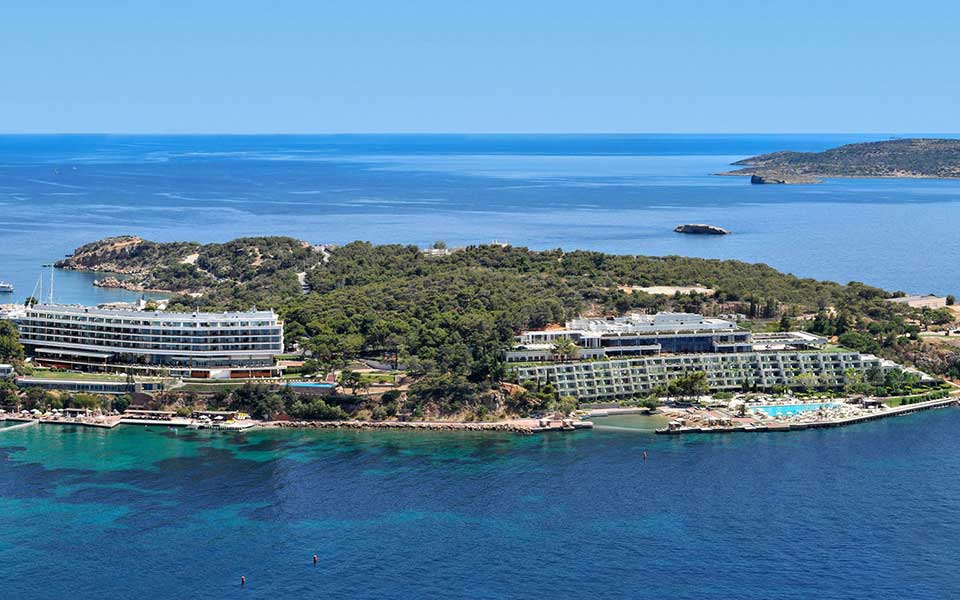
The time for Astir Palace of Vouliagmeni to shine again has come. On March 29 the iconic complex of hotels on the Athens Riviera will open again, now under the management of Four Seasons Hotels and Resorts. The complete overhaul and modernization of the facilities has been largely completed and the 101 uber-luxurious rooms and suites in Arion, the 133 in Nafsika and the 61 bungalows of the Four Seasons Astir Palace Hotel Athens await the well-heeled Greek and international guests who can meet the price of a stay.
On the first weekend that bookings could be made via the Four Season’s online platform, prices ranged from 365 euros per day for a room with a view of the pine trees to 2,860 euros per day for a bungalow with a sea view. These are, of course, off season prices; for a stay in August the price of a simple room will rise to 870 euros, and that of a suite to 4,250 euros. The business strategy is clear: Astir is aimed at guests in the highest income brackets.
The total investment of 650 million euros amounts to the largest project in the tourism industry currently being undertaken in the country, and involves the top-to-bottom renovation of the hotel’s facilities, the creation of luxury residences, and a major upgrading of the marina and iconic Astir Beach.
It has taken a total of five years from the announcement of the tender for the sale of Astir by the National Bank of Greece and the Hellenic Republic Asset Development Fund (HRADF), to reach the imminent reopening. The resort will comprise the two hotels of Arion and Nafsika, as well as the bungalows which will operate as one entity under the management of Four Seasons, active in Greece now for the first time. The Four Seasons Astir Palace Hotel Athens will have a total of 303 high-end rooms, suites and bungalows, facilities for conferences and events, recreational facilities, a helipad, and seven restaurants and bars that will raise Astir’s gastronomic profile.
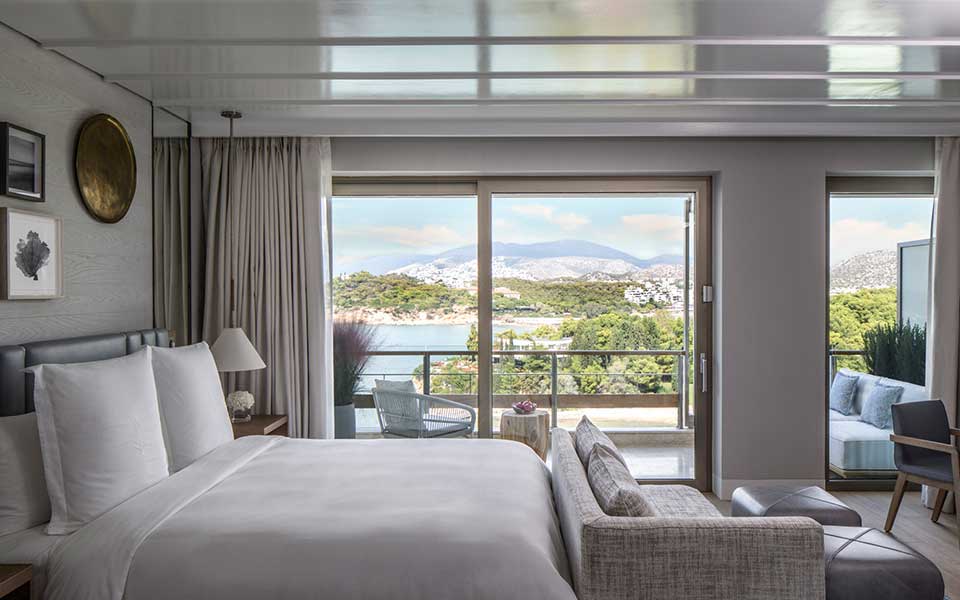
The refurbished Astir Palace has a total of 303 rooms, suites and bungalows.
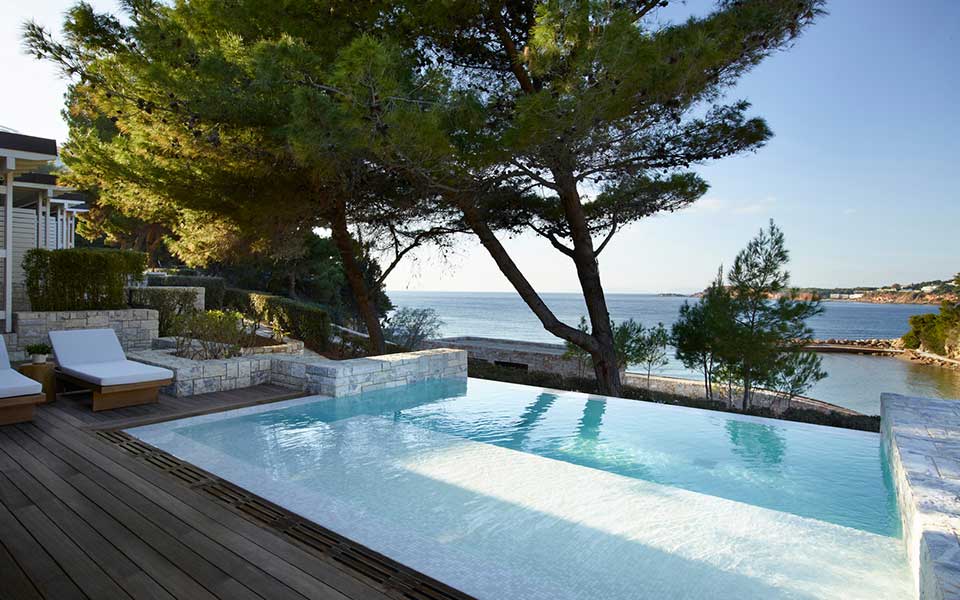
The refurbished Four Seasons Astir Palace Hotel will offer guests the ultimate in luxury stays on the Athens Riviera
Renowned Greek architects assisted with the renovations, including AETER and K-studio, working together with international partners such as Meyer Davis Studio and Martin Brudnizki Design Studio.
The hotel will offer a comprehensive experience of luxury hospitality year-round, meeting high standards of aesthetics and using state-of-the-art technology. The renovation of Astir Marina will begin following the signing of a presidential decree, once the required permits from the relevant ministries and the Central Archaeological Council are obtained. And while the renovation of the exterior areas of the resort have been completed, the public park at the tip of the peninsula which the new owners have committed to creating is yet to be completed.
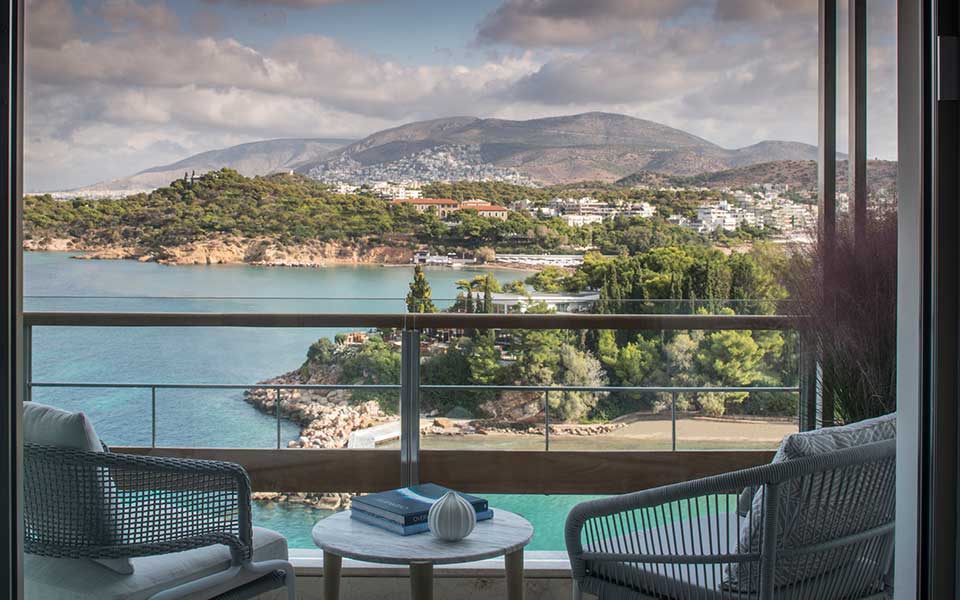
The Astir Palace resort is just half an hour from the city center.

The new look of the rooms of Astir Palace

The new look of the rooms of Astir Palace
AGC Equity Partners completed the purchase of 88.46% of the shares of Astir Palace Vouliagmeni AXE on October 27, 2016 from the National Bank of Greece and the HRADF for 444 million euros. The total height of the investment, taking into account the development plan, is expected to surpass 650 million euros, of which 200 million was raised through a bond loan from Greek banks.
A large portion of the invested capital is expected to be recouped soon through the development of the land where the now-demolished hotel Aphrodite once stood, and where 13 luxury villas will be constructed. Indeed, 4 of these have already been sold to a Greek businessman active in the shipping industry, while negotiations are also underway for the sale of another group of homes to a foreign investment group.
Recently, the Minister of Culture and Sports, Myrsini Zorba approved the architectural study for the 12 luxury residences within the grounds of Astir Vouliagmeni. Specifically, the architectural study allows for the construction of the new, independent residences with basements and swimming pools, and associated landscaping, following the unanimous positive recommendation from the Central Archaeological Council.
Already as of last May, a memorandum of understanding and cooperation has existed between the Ministry of Culture and the company regarding the development of the complex. The new residences will be integrated into the environment of the peninsula, with large ageing and derelict structures that have long haunted the peninsula (the hotel Aphrodite, the nightclub 9 Muses, and others) removed, and new trees planted across the entire peninsula. It is estimated that the total number of trees will exceed 6,300, while innovative methods for energy conservation and water management have been adopted. In parallel, the infrastructure is being optimized and modern methods of waste management and environmental impact monitoring are being adopted across the whole complex.
The last famous guest of Astir Vouliagmeni before it transitioned to the new era was President Barack Obama, while a few months prior the resort had hosted Vladimir Putin. But the list of the world-renowned figures that have graced its suites and cabanas, lobbies and beaches, and gardens and hallways is long: Margaret Thatcher, Jimmy Carter, John F. Kennedy, Francois Mitterrand, Boris Yeltsin, Mikhail Gorbachev, Giscard d’Estaing, Helmut Kohl, Frank Sinatra, Jacqueline Bisset, Brigitte Bardot, Telly Savalas, Paul Newman, John Wayne, The Beatles, Charles Aznavour, Isabella Rossellini and Pierce Brosnan are just some of them.
It is said that at Astir, the King of Saudi Arabia Ibn Saud would give out gold watches as tips when he would book an entire floor at Nafsika for himself and his entourage. Aristotle Onassis, Ioannis Latsis and Constantinos Karamanlis, as well as almost the entirety of the Greek elite including the stars of the Greek film industry were once among its regular clientele.

The new look of the rooms of Astir Palace
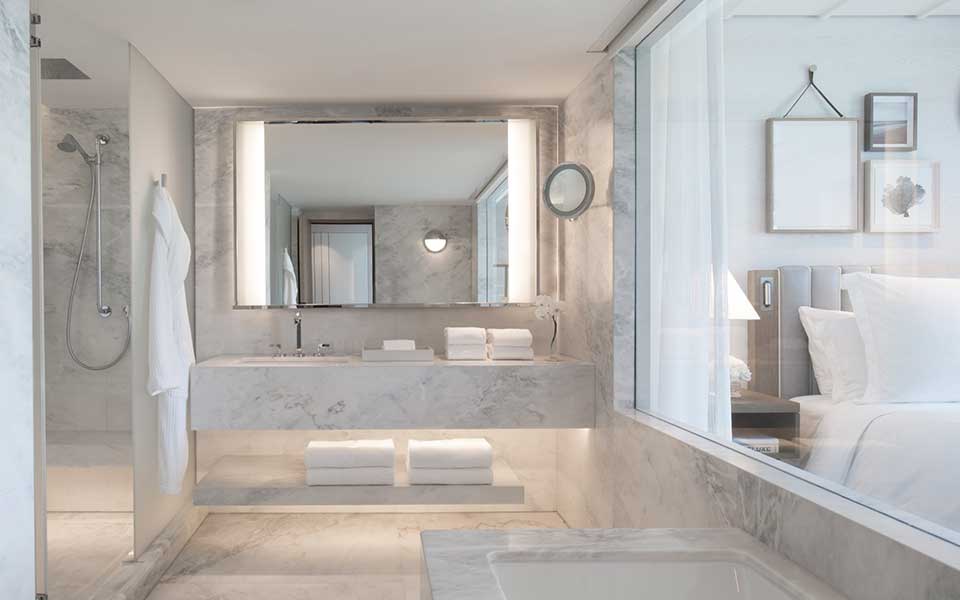
The new look of the rooms of Astir Palace
As an entity, Astir was first created in the late 1950s and from 1959 graced the pine covered peninsula of Laimos in Vouliagmeni. Two years later, in 1961, the cabanas of Astir started hosting guests, while in the golden decade of the 1960s the waterskiing school – a novelty at the time for Athens – was opened and run by Grigoris Kassidokostas (who would later marry Marianna Latsis). At the same time Astir Beach of Vouliagmeni – perhaps the best swimming spot in Attica – became established as a popular meeting point. In 1967 the hotel Arion was created and in 1979 Nafsika, followed by Aphrodite in 1984.
But the seeds of Astir were sown almost a century earlier, when the land still belonged to the Monastery of Asomaton Petraki. Its leadership had started building guest lodgings in the area and around Vouliagmeni Lake which was already known for the therapeutic quality of its waters.
A few decades later in the interwar period, the number of these guest lodgings had reached 30 and auxiliary buildings were gradually added, such as restaurants and cafes. The creation of a hotel was first proposed before WWII, but when that broke out all plans were obviously frozen. Thus the land remained unused for about 15 years until 1954 when the tourism and hotel enterprise Astir was founded.
It took another four years for the relevant parliamentary committee to give their approval for a development plan to be drafted by Emmanouil Vourekas, Pericles Sakellarios, Prokopis Vasileiadis and Konstantinos Dekavallas. In the summer of 1960 the beach was officially inaugurated in a ceremony attended by the then prime minister Constantinos Karamanlis, while the next year the first 76 cabanas went into operation, with another 18 added 9 years later.
Then the large hotel buildings began to be developed, those which today – now under foreign ownership – are set to once again raise the bar in terms of luxury accommodation on the Athens Riviera.
The approved expansion integrates historic architecture,…
Pick up a copy of our…
The Acropolis Museum unveils its festive…
Athens earns double honors at the…